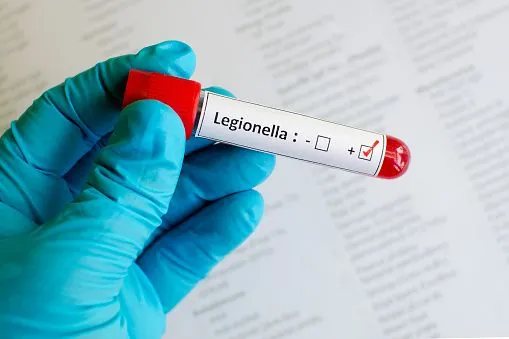
Revolutionizing Sepsis Diagnostics: A Race Against Time
2025-05-16
Author: Sophie
The Sepsis Crisis and Its Global Impact
Sepsis, a life-threatening condition triggered by the body’s overwhelming response to infection, is a major healthcare challenge. According to the World Health Organization, its global mortality rate stands alarmingly high at 20% among over 49 million annual cases. In the U.S., sepsis ranks as the tenth leading cause of death among hospital patients and also represents the most expensive condition to diagnose.
The Costly Toll of Sepsis: A Financial Burden
From 2012 to 2018, the cost of treating sepsis in hospital settings surged from $27.7 billion to a staggering $41.5 billion. Timely antimicrobial treatment is crucial, especially as severe sepsis carries a 7% drop in survival rates for every hour treatment is delayed. This highlights the urgent need for faster, more effective diagnostic methods.
Challenges in Current Diagnostics: A Call for Speed
Current diagnostics rely heavily on blood cultures, which, while considered the gold standard, fail to identify microorganisms in 50% to 75% of sepsis cases. The long wait time—often days—for results severely hinders patient care and can significantly impact survival rates. There’s a pressing need to enhance the speed and sensitivity of sepsis diagnostics.
Innovative Solutions on the Horizon
Advancements in diagnostic technologies could drastically improve outcomes. Two primary approaches are being explored: direct-from-blood tests that identify microbial species (albeit without susceptibility data) and refinements to traditional blood culture methods to enhance detection speed.
Previously, attempts like Roche's SeptiFast aimed to revolutionize testing, but high costs and lack of clear patient selection guidelines hindered success. With over 90% of cultures not growing, a more cost-effective, efficient selection method is desperately needed.
Harnessing AI for Rapid Patient Selection
Emerging AI technology may hold the key to swiftly identifying high-risk patients who would benefit most from rapid diagnostic tests. Such a system would reduce costs by limiting these tests to a specific patient subgroup, enhancing the overall effectiveness of sepsis management.
Introducing SepsiSTAT: The Future Is Now
Enter SepsiSTAT, Momentum Bioscience's groundbreaking automated system designed to outperform traditional blood cultures. Typically achieving results in just 4 to 8 hours, this innovative diagnostic tool promises to transform the face of sepsis treatment by integrating rapid microbial identification and susceptibility testing.
SepsiSTAT offers a unique array of features, including automated isolation and concentration of samples, real-time reporting on various microbial types, and monitored growth for immediate application.
The Road Ahead: A Game-Changer in Sepsis Management
With over seven years invested in research and development, SepsiSTAT is a beacon of hope for healthcare professionals battling against sepsis. Supported by substantial funding, this project is now gaining traction, emphasizing the urgent need for innovative tools to combat this deadly disease.
As the medical community continues to push for breakthroughs in sepsis diagnostics and treatment, the potential for improved patient outcomes is bright, urging a collective push for rapid, accurate diagnostics.









 Brasil (PT)
Brasil (PT)
 Canada (EN)
Canada (EN)
 Chile (ES)
Chile (ES)
 Česko (CS)
Česko (CS)
 대한민국 (KO)
대한민국 (KO)
 España (ES)
España (ES)
 France (FR)
France (FR)
 Hong Kong (EN)
Hong Kong (EN)
 Italia (IT)
Italia (IT)
 日本 (JA)
日本 (JA)
 Magyarország (HU)
Magyarország (HU)
 Norge (NO)
Norge (NO)
 Polska (PL)
Polska (PL)
 Schweiz (DE)
Schweiz (DE)
 Singapore (EN)
Singapore (EN)
 Sverige (SV)
Sverige (SV)
 Suomi (FI)
Suomi (FI)
 Türkiye (TR)
Türkiye (TR)
 الإمارات العربية المتحدة (AR)
الإمارات العربية المتحدة (AR)